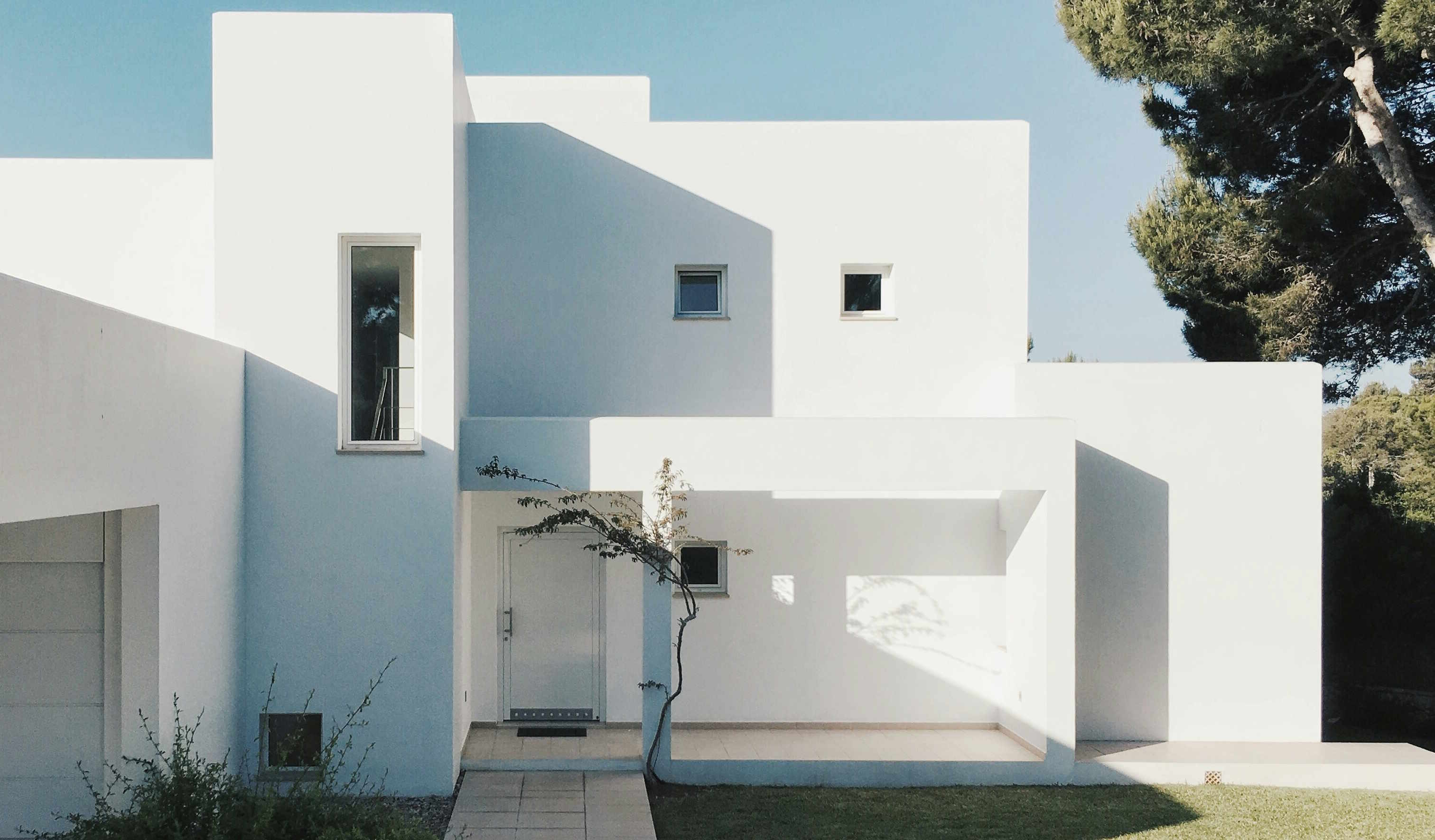Breaking Down the Connection Between Dance and Holistic Health
Dance has been a part of human culture since the dawn of time. As an expression of emotion, a form of communication, or a way to celebrate, its benefits have always been clear. But can the art of dance also serve as an effective tool to enhance physical, mental, and nutritional wellness? The answer, according to recent research, is a resounding yes. This article delves into the science behind dance and its profound effects on holistic health.

The Historical Dance of Wellness
Dance has been a part of human societies for thousands of years. From the ritualistic dances of ancient tribes to the ballets of the Renaissance and the modern dance forms of today, dance has always been integral to human expression. However, it’s only in the last few decades that the medical community has begun to recognize and study the connection between dance and health.
Dance and Physical Health: More Than Just Exercise
While it’s clear that dance is an excellent form of physical exercise, promoting cardiovascular fitness, muscular strength, and flexibility, its benefits extend beyond mere physicality. Dance incorporates a range of movements that engage different muscle groups, making it a comprehensive full-body workout. It also improves posture, balance, and coordination, which can help prevent falls and injuries, particularly in older adults.
The Mental Health Benefits of Dance
Dance is not just about the body; it’s also about the mind. It provides a creative outlet, allowing people to express themselves in a non-verbal way. This has been found to have significant mental health benefits, reducing stress, anxiety, and depression. Dance also stimulates the brain, improving memory and cognitive function. This is particularly beneficial for the elderly, where it can help slow the progression of dementia.
Dance and Nutritional Wellness
The relationship between dance and nutrition is perhaps less obvious, but it’s no less significant. Dancing requires energy, which requires proper nutrition. Eating a balanced diet can help dancers perform better and recover faster. Furthermore, the discipline and body awareness that dance instills can lead to healthier eating habits overall.
Applying Dance to Your Wellness Routine
-
Start with a style you enjoy: Whether it’s ballet, hip-hop, salsa, or Zumba, choosing a dance style that you love will make it easier to stick with it.
-
Take a class or join a group: This can provide structure and make the experience more social and enjoyable.
-
Use dance as a form of meditation: Focus on the movement and the music, allowing your mind to relax and release stress.
-
Incorporate dance into your everyday life: You don’t have to be in a dance studio to dance. Simply moving to music at home can provide many of the same benefits.
In conclusion, dance offers a holistic approach to health and wellness, benefiting the body, mind, and nutrition. It’s a fun, accessible, and effective way to enhance overall well-being. Whether you’re a seasoned dancer or a total beginner, incorporating dance into your life can lead to significant improvements in your health and happiness. So why not give it a try? Your body and mind will thank you.





